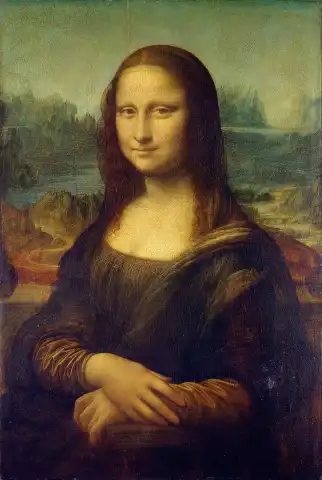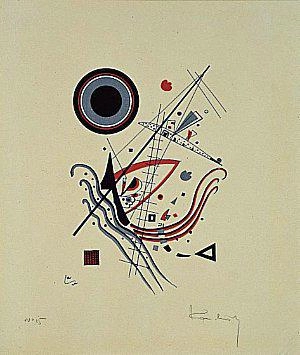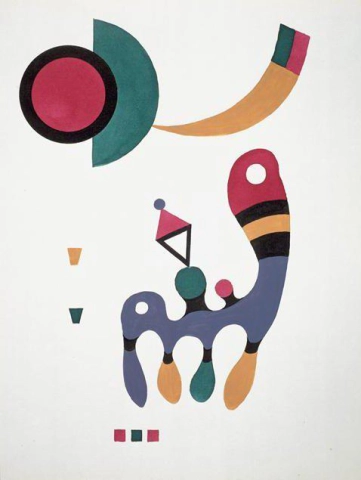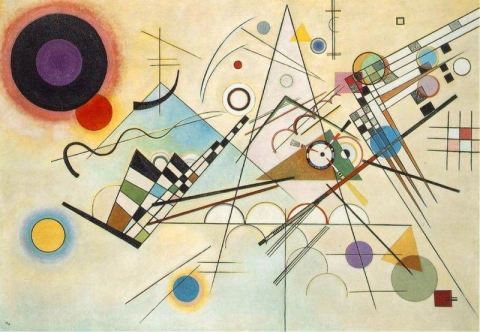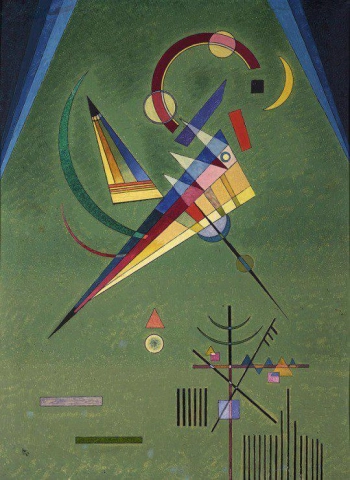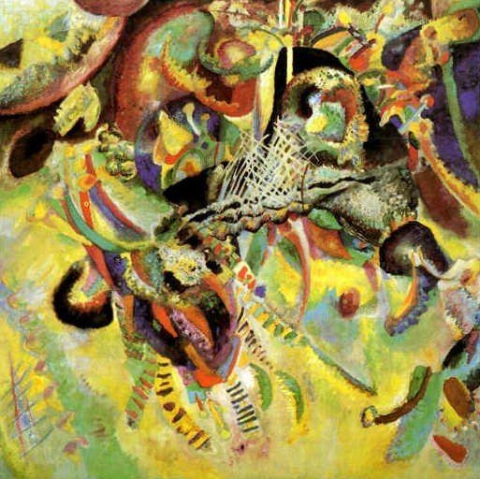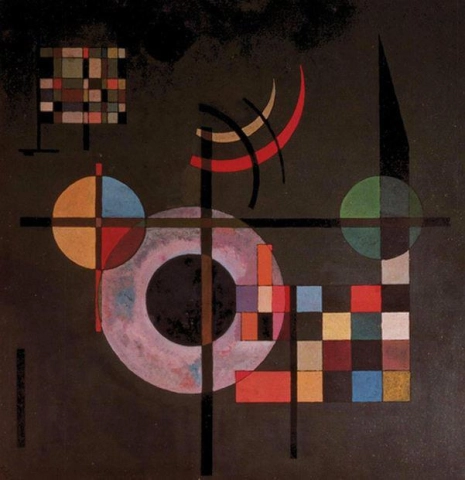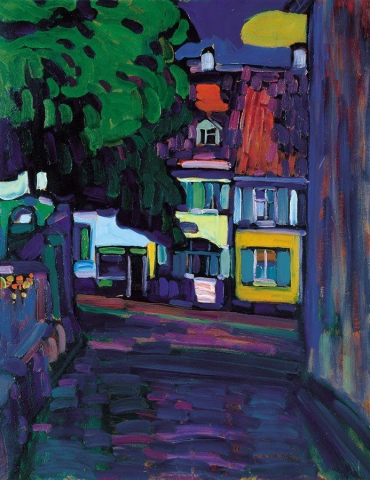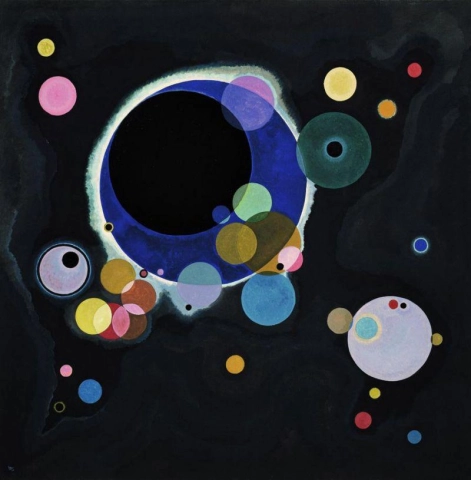

Hand painted reproductions of Wassily Kandinsky
Wassily Kandinsky: The Father of Abstract Art and Emotional Expression Through Color
Early Life and Artistic Evolution
Wassily Kandinsky, born on December 16, 1866, in Moscow, Russia, is celebrated as a pioneer of abstract art. His early years were marked by a blend of cultural exposure and artistic exploration, leading him to study law and economics before shifting his focus to painting at the age of 30. His artistic journey took him to Munich, where he studied at the Academy of Fine Arts. Influenced by the works of Monet and other Impressionists, Kandinsky’s fascination with color, spirituality, and symbolism led him toward abstraction, eventually establishing him as a transformative force in 20th-century art.
Key Works and Signature Style
Kandinsky’s iconic works, such as Composition VII (1913), Yellow-Red-Blue (1925), and Composition X (1939), exemplify his bold use of color, geometric shapes, and line to evoke emotion. His unique abstract language, which used visual elements to represent the sounds and sensations of music, set his works apart. Kandinsky’s compositions often used layered colors and fluid shapes, aiming to resonate with viewers' inner emotions and spiritual experiences. His innovative approach invited people to experience art in a way beyond visual beauty, making him a true visionary in non-objective art.
Technique and Artistic Innovations
Kandinsky’s methods were revolutionary, focusing on color’s psychological effects and the relationship between form and spiritual resonance. He often used vibrant, contrasting colors to create a sense of movement and energy in his works. His technique involved using lines and shapes as visual equivalents of musical notes, aiming to evoke rhythm and harmony. His exploration of synesthesia, the ability to “hear” colors and “see” sounds, influenced his distinctive style and positioned him as an innovator in the abstract movement. Kandinsky’s exploration of form and color was guided by his belief that art could inspire spiritual awakening, making his approach both technical and philosophical.
Legacy and Enduring Influence
Wassily Kandinsky’s influence on modern art is profound, cementing him as a foundational figure in abstract art. His contributions paved the way for artists across the globe to experiment with color and form as expressions of inner experiences. As a founding member of the Bauhaus school, his teachings shaped the direction of modern art and design, influencing abstract expressionists and contemporary artists alike. Kandinsky’s emphasis on the emotional power of art resonates to this day, making his works timeless examples of how color and form can transcend traditional representation.
Where to Buy Reproductions of Wassily Kandinsky’s Work
At POD, we offer expertly crafted reproductions of Wassily Kandinsky’s most famous paintings, allowing art lovers to bring the power of abstract expression into their own spaces. Our high-quality oil painting reproductions capture the vibrancy and emotional depth of Kandinsky’s masterpieces, offering a stunning visual experience that mirrors his original works. From the rhythmic forms of Composition VII to the striking contrasts in Yellow-Red-Blue, our reproductions honor Kandinsky’s legacy and are ideal for those looking to enhance their collection with art that moves beyond the visual into the spiritual realm.
Imagine owning an original work of art by Wassily Kandinsky, one of the greatest artists in history. At POD we offer you the opportunity to make this dream come true. We reproduce Wassily Kandinsky's works down to the smallest detail, so you can enjoy them in your own home.
Our reproductions are made by experienced artists who use the best materials and techniques. We are dedicated to providing you with the highest quality works of art, which will bring joy and inspiration to your family for generations.
